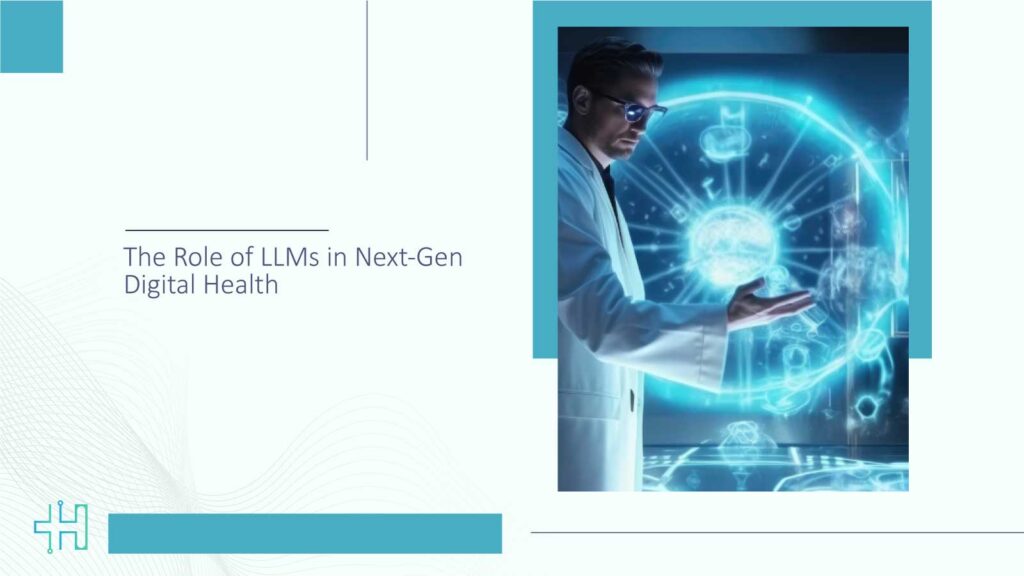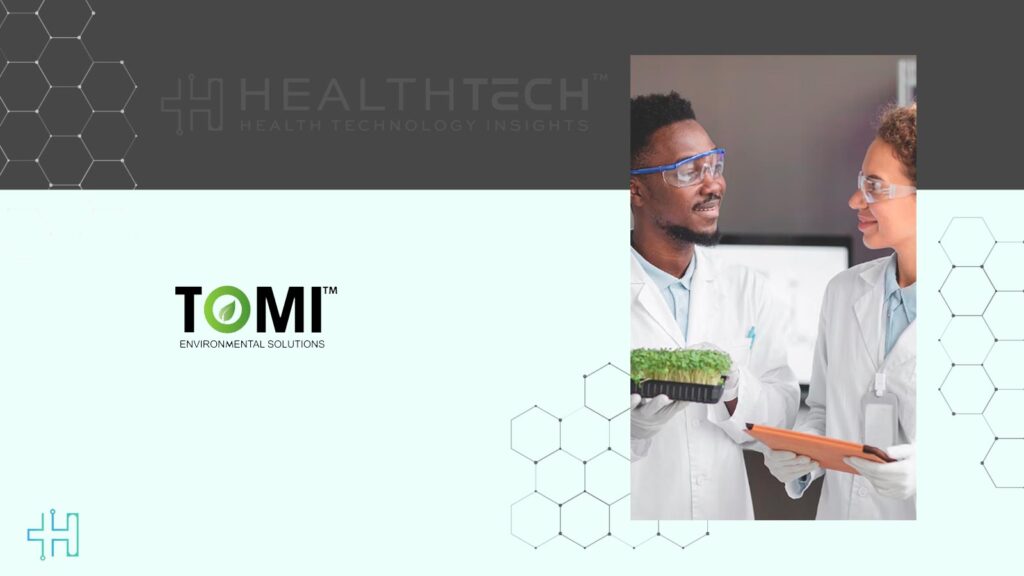Clinical workflows, data interoperability, and patient care are all being revolutionized by large language models (LLMs), which are becoming essential tools. These sophisticated AI algorithms, which have been trained on enormous datasets, are helping medical personnel provide more precise, efficient, and individualized care. LLMs could completely change the future of healthcare delivery, from improving diagnostic accuracy to simplifying administrative duties. This article explores the role of LLMs in the future of digital healthcare technology.
Understanding Large Language Models in Healthcare
Developers design LLMs as sophisticated AI models to understand, generate, and interpret human language. In healthcare, experts use them to process and analyze large volumes of medical data, including patient records, clinical notes, and research literature.
By leveraging natural language processing (NLP) techniques, LLMs can assist in various clinical applications, such as:
- Clinical Decision Support: Providing evidence-based recommendations to clinicians.
- Medical Transcription: Converting voice notes into structured electronic health records (EHRs).
- Patient Interaction: Facilitating communication through AI-powered chatbots.
These applications not only enhance the efficiency of healthcare delivery but also improve patient outcomes by ensuring timely and accurate information processing.
Enhancing Patient Care with LLMs
Delivering care that truly meets patients’ needs requires actionable insights from vast medical data. LLMs empower clinicians to create treatment strategies tailored to every patient, improving outcomes and satisfaction.
1. Personalized Treatment Plans
LLMs can analyze a patient’s medical history, genetic information, and current health status to recommend personalized treatment plans. This approach ensures that patients receive care tailored to their unique needs, improving the effectiveness of interventions.
2. Real-Time Clinical Assistance
During patient consultations, LLMs can provide real-time assistance by suggesting potential diagnoses, treatment options, and relevant medical literature. This support empowers clinicians to make informed decisions promptly, enhancing the quality of care.
3. Post-Treatment Monitoring
Post-treatment, LLMs can analyze patient feedback and health data to monitor recovery progress and detect any complications early. This proactive approach allows for timely interventions, reducing the risk of adverse outcomes.
Streamlining Clinical Workflows
Managing schedules, records, and billing can slow down healthcare delivery. LLMs streamline these processes, allowing staff to focus on what matters most: patient care.
1. Automating Administrative Tasks
LLMs can automate routine administrative tasks, such as scheduling appointments, processing billing information, and managing patient records. This automation frees up healthcare professionals to focus more on patient care, improving overall efficiency.
2. Enhancing Data Entry Accuracy
By transcribing voice notes and converting them into structured data, LLMs reduce the likelihood of errors in patient records. Accurate data entry is crucial for effective treatment planning and legal documentation.
3. Facilitating Interdisciplinary Collaboration
LLMs can synthesize information from various specialists and present it in a comprehensible format, promoting collaboration among healthcare teams. This holistic approach helps clinicians consider all aspects of a patient’s health when creating their care plan.
Advancing Data Interoperability
One of the significant challenges in healthcare is the interoperability of data across different systems and platforms. LLMs can bridge this gap by converting unstructured data into standardized formats, such as Fast Healthcare Interoperability Resources (FHIR). This standardization facilitates seamless data exchange between healthcare providers, ensuring continuity of care.
For instance, a research by Nature demonstrated that an LLM could convert clinical narratives into FHIR resources with over 90% accuracy, showcasing its potential to enhance data interoperability.
Overcoming Challenges in LLM Integration
Despite their potential, integrating LLMs into healthcare systems presents several challenges:
- Data Privacy and Security: Ensuring that patient data is protected and complies with regulations like HIPAA.
- Model Bias: Addressing biases in training data that may lead to skewed recommendations.
- Regulatory Compliance: Navigating the complex regulatory landscape governing AI in healthcare.
Addressing these challenges requires collaboration between healthcare providers, AI developers, and regulatory bodies to establish standards and guidelines for safe and effective LLM integration.
The Future of LLMs in Digital Health
Looking ahead, experts expect the role of LLMs in digital health to expand:
- Predictive Analytics: LLMs will analyze trends to predict patient outcomes and disease outbreaks.
- Enhanced Patient Engagement: AI-powered tools will provide patients with personalized health information and support.
- Global Health Initiatives: LLMs can assist in addressing global health challenges by analyzing data from diverse populations.
As technology advances, LLMs will play an increasingly integral role in shaping the future of healthcare delivery.
Embracing the Future of Digital Health with LLMs
As we stand at the crossroads of technology and healthcare, LLMs are proving to be more than just advanced tools; they are partners in shaping a smarter, more compassionate healthcare system. By enhancing patient care, streamlining clinical workflows, and bridging data silos, LLMs empower healthcare professionals to make informed, timely, and personalized decisions.
The potential is immense: from predictive analytics that anticipate patient needs to AI-assisted insights that support clinicians in real time, LLMs are redefining what is possible in next-generation digital health. For healthcare leaders and innovators, the opportunity is clear: thoughtfully embrace these technologies, invest in secure and ethical integration, and lead the transformation toward a healthcare ecosystem that is efficient, intelligent, and deeply human-centered.
In this new era, healthcare is no longer about treating patients in isolation; it’s about harnessing the power of data, AI, and human expertise together to create outcomes that are faster, smarter, and truly patient-focused. The future of digital health is here, and LLMs are at the heart of that journey.
FAQs
1. What are large language models (LLMs) in healthcare?
Developers train LLMs, advanced AI systems, to understand and generate human language, enabling them to process and analyze medical data to assist in clinical decision-making and patient care.
2. How do LLMs improve patient care?
LLMs enhance patient care by providing personalized treatment recommendations, offering real-time clinical assistance, and monitoring post-treatment recovery, leading to more informed and timely interventions.
3. What role do LLMs play in clinical workflows?
LLMs streamline clinical workflows by automating administrative tasks, improving data entry accuracy, and facilitating collaboration among healthcare teams, thereby increasing efficiency and reducing errors.
4. Can LLMs enhance data interoperability in healthcare?
Yes, LLMs can convert unstructured medical data into standardized formats like FHIR, promoting seamless data exchange between different healthcare systems and ensuring continuity of care.
5. What are the challenges in integrating LLMs into healthcare systems?
Challenges include ensuring data privacy and security, addressing model biases, and navigating regulatory compliance. Overcoming these requires collaboration among healthcare providers, AI developers, and regulatory bodies.








